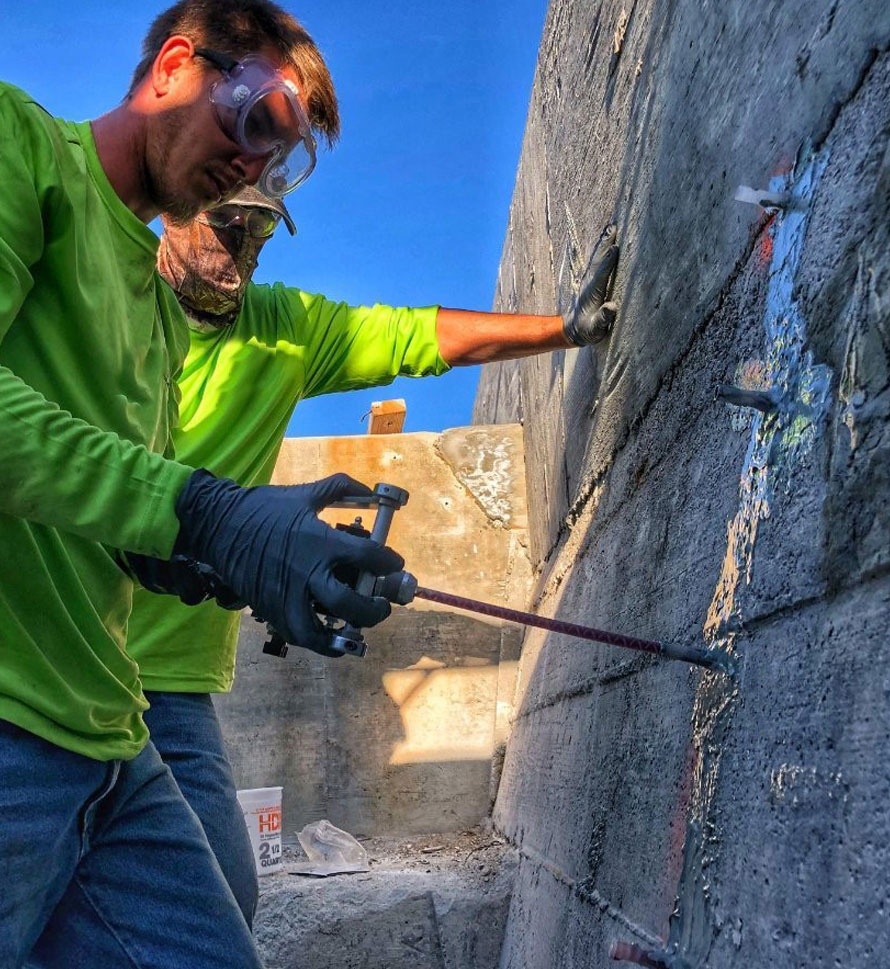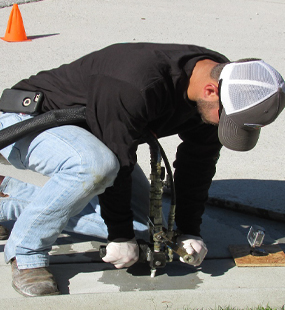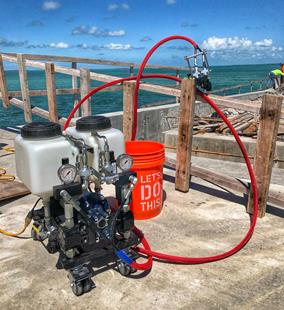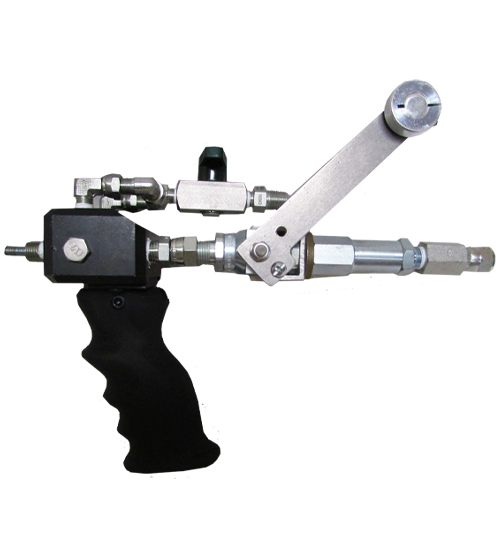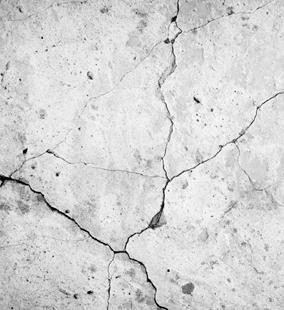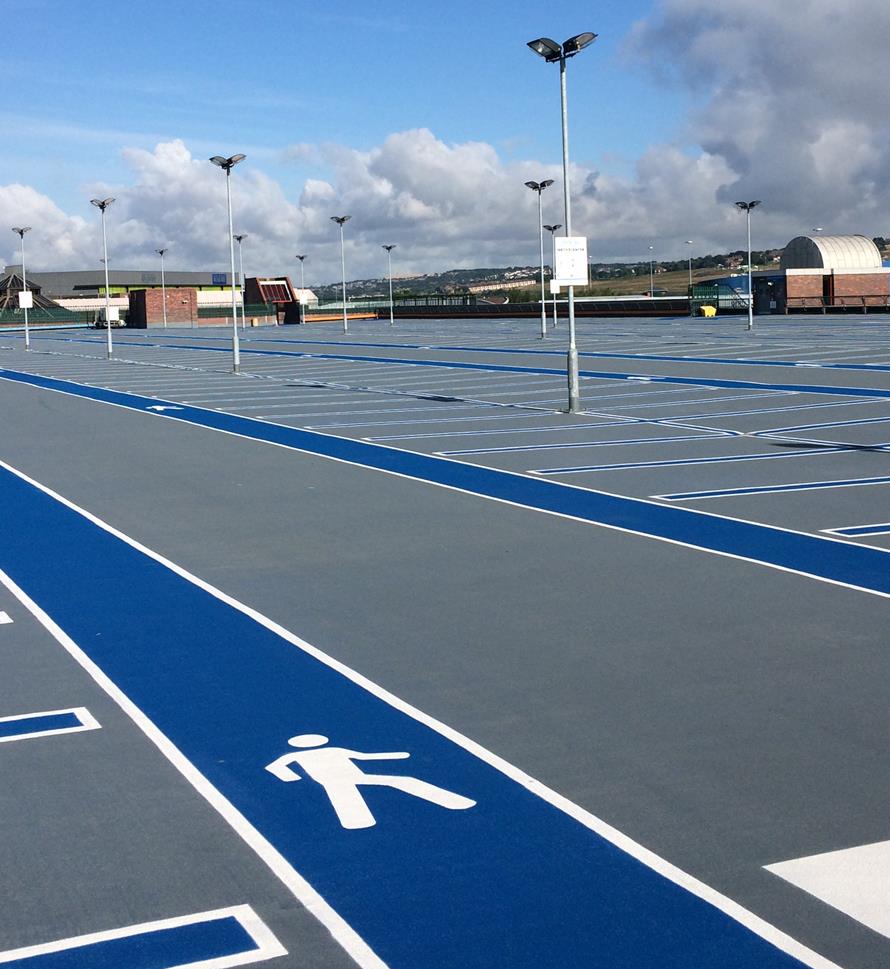
- Home
-
Solutions
-
Leak Seal
Seal leaks in concrete or masonry with crack injection and curtain grouting of our Prime Flex polyurethanes and AR acrylate resins. Prime Resins offers superior solutions for stopping leaks in every type of environment.
Read More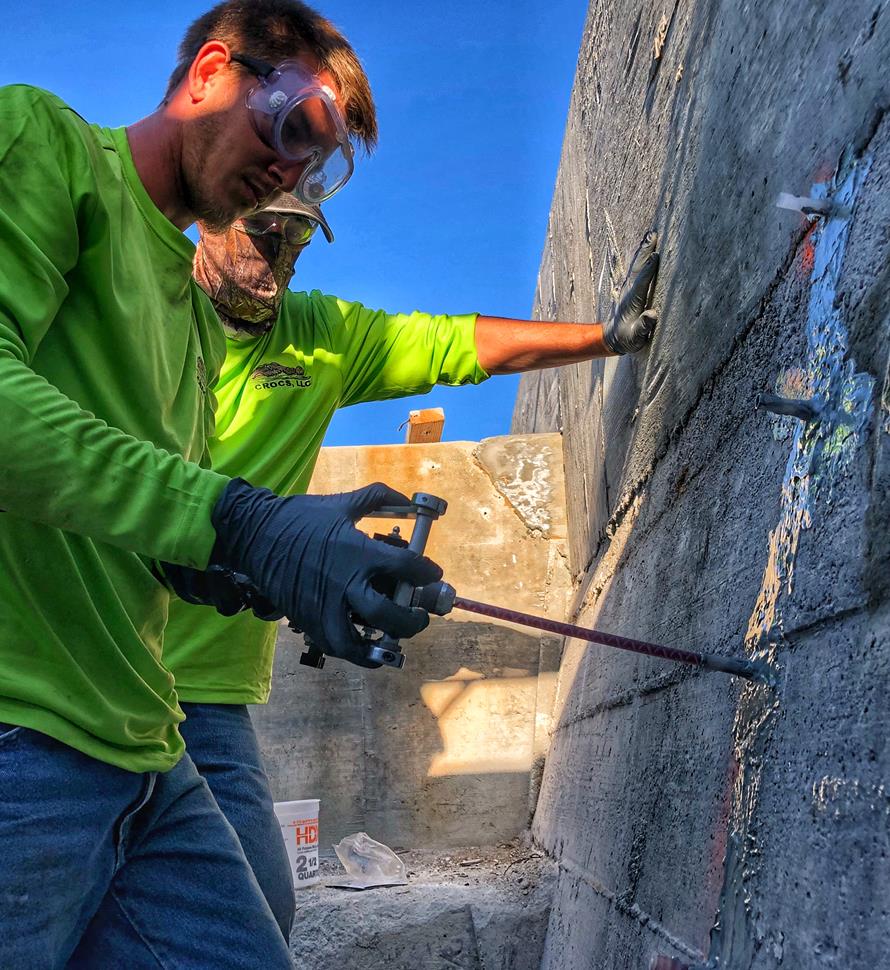
-
Soil Stabilization
Sound concrete relies on a sound substrate. Stabilize soils and fill voids with our polyurethane and acrylate foams and gels. We make chemical grouts for permeation and compaction grouting in wet and dry conditions.
Read More
-
Slab Lifting & Stabilization
Slab lifting and slab stabilization with polyurethane foams offers many advantages over traditional mudjacking. Only Precision Lift is engineered to tackle underlying issues and slab lifting with precise, dependable results.
Read More
-
Floor Repair & Joint Protection
Spalled concrete is concrete that is chipped, cracked and deteriorating. This often happens at a joint.
Read More
-
Seawall Repair
You can repair a seawall or bulkhead with Prime Resins chemical grouts: fill voids, stabilize loose soil and seal leaks at a fraction of the cost of wall replacement.
Read More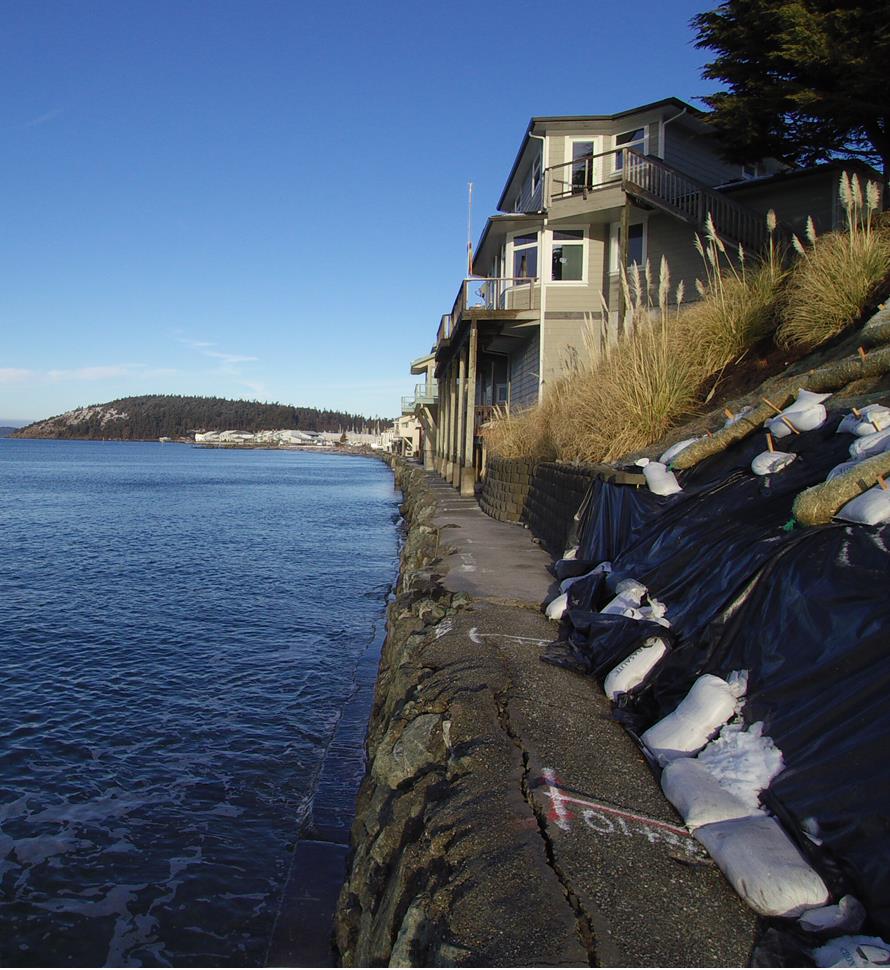
-
Structural Repair / Bonding & Anchoring
The need for crack repair in concrete structures can be caused by many different factors. Damage can occur to the concrete in situations where direct impact puts stress on one area of the structure.
Read More
-
Highway & Bridge
The geotechnical needs of DOTs and other agencies responsible for roads and bridges are vast. Issues include: Culvert repair Soil stabilization Void filling Concrete slab lifting Sinkhole remediation Slope control Slough control in tunneling
Read More
-
Waterproofing & Secondary Containment
Protecting concrete usually means shielding it from the elements of nature or from harsh manmade chemicals. But it’s not just concrete that needs such protection. Corrugated metal pipe, steel surfaces, material hoppers, rail cars and masonry all can come in contact with corrosive or abrasive materials or harsh conditions.
Read More
-
Leak Seal
-
Products
- Leak Repair
-
Soil Improvement
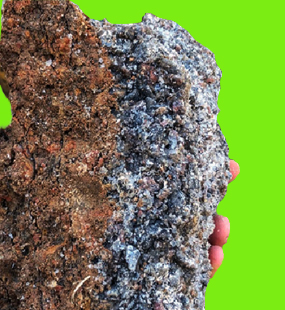
- Soil Stabilization
- Slab Lifting
- Structural Repair / Bonding & Anchoring
- Pumps
- Dispense Guns & Applicators
-
Turnkey Trailer Rig
Are you ready to hit the ground running doing concrete leveling with polyurethane foam? Prime Resins offers the industry’s best suite of products for lifting concrete as a turnkey, fully equipped trailer rig.
Read More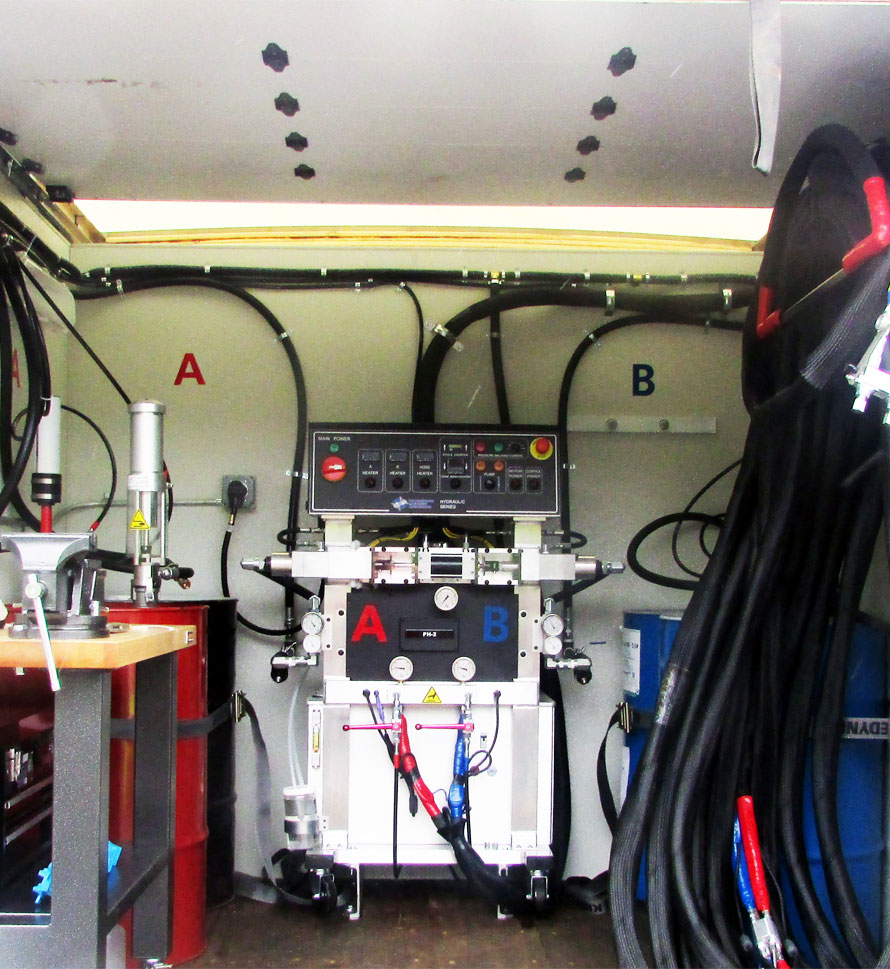
-
Accessories (General)
- 3/4" expendable drive point
- 3/8" and 3/4" soil probes
- Cartridge / Port Connectors and Mixers
- Conduit Seal Kit
- Eco Flush
- F Valve
- Flush Wand
- Grout Needle Kit
- High Pressure Control Valve
- High Pressure Mechanical Ports
- Kick Fast
- Low Pressure Plastic Ports
- PR11 TEA (used w/ PR10 ACLM)
- PR12 APSF catalyst (used w/ PR10 ACLM)
- PR17 LYTX
- Prime Kat
- Prime Plug
- Prime Solvent CGC
- Oakum
- Soil pipe jack
- Stainless Steel Grout Needle & Kit
- StainShield
- Wall Stinger Nozzle
-
Soil Grouting Accessories
- Pipe Coupler
- Pipe Coupler Ferrule
- Buttonhead Coupler - Straight
- Buttonhead Fittings
- SG 3/4" Expendable Drive Tip
- SG 3/4 Rod - 39" Base
- SG 3/4 Rod - 39" Connector
- SG 3/4 Rod - 19.5" Base
- SG 3/4 Rod - 19.5" Connector
- SG 3/4 Fitting - Pipe to Buttonhead
- SG 3/4 Fitting - Buttonhead Fitting
- IL 1/2" Drive Point
- IL 1/2" rod - 39" base
- IL 1/2" rod - 39" connector
- IL 1/2" Fitting Buttonhead
- SG 3/4" Fitting - Buttonhead Coupler
- SG 3/4" Slotted Drive Tip
- SG 3/4 Drive Head
- Modified Pipe Jack Soil Grouting
- SG 3/4 Fitting - Buttonhead Coupler
- Pagani DPM30 Penetrometer
- IL 1/2" Fitting - Buttonhead to Connector Rod
- IL 1/2" Rod to Rod Coupler Fitting
- High Pressure Flow Control Valve
- Buttonhead Coupler - 90°
- Buttonhead Clamp Kit
- DPM30 Penetrometers
- Floor & Joint Repair
- Waterproofing & Secondary Containment
- News
- Downloads
-
Tools
-
Case Studies
Prime Resins takes pride in its ability to find the right solutions to the problems facing our customers. Here are some examples of customers’ successful jobs:
Read More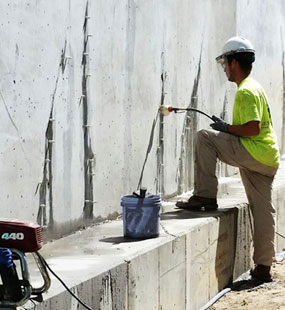
-
Prime Practices
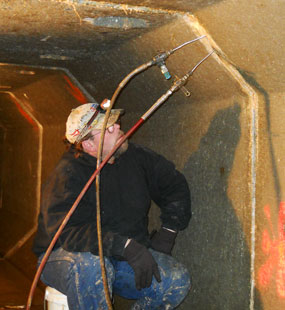
-
Videos

-
Estimating Tools & Info.

-
Why us?
The superior quality of products at a fair price, our consultative approach, and our unparalleled technical support set Prime Resins apart. Learn more about the Prime difference.
Read More
-
Product Types & Typical Uses
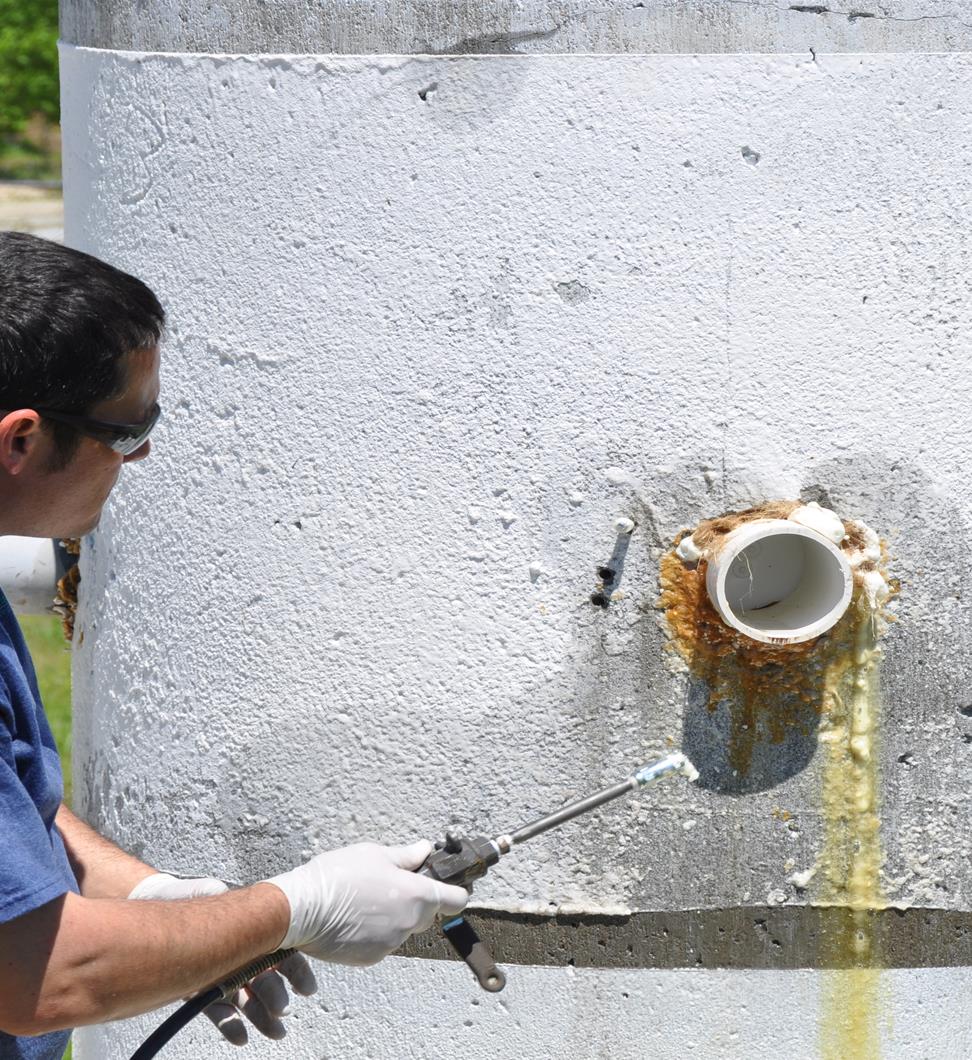
-
Looking for a contractor?
-
Certifications
-
Podcasts
-
Case Studies
- Contact
Permeation Grouting // Compaction Grouting // Void Filling
Permeation Grouting // Compaction Grouting // Void Filling
Soil stabilization solutions generally fall into three areas: permeation grouting, compaction grouting and void filling.
Permeation Grouting
Permeation grouting is typically defined as the flow of a low viscosity grout into the pores of the soil without displacing or changing the soil structure. The characteristics of the ground are modified with the activation of the grout into a foam or gel. This serves two purposes:
• to increase the strength and cohesion of granular soils, increasing its load-bearing capacity
• to decrease the permeability of the soil
Migration of water through poor or loose soil substrates (sandy soils, poorly compacted fill, decaying organic matter, etc.) results in erosion, movement and/or loss of soils causing failure in above- and below-grade structures such as slabs, foundations, roadways and bridges. Permeation grouting is usually the solution for these situations. A low dose of catalyst is used slowing down the reaction, which allows the material to permeate loosely compacted soil. The resin is normally injected through small diameter pipes or “probes.”
Compaction Grouting
Compaction grouting is a process by which rapidly expanding chemical grout (fully expanded in 30-60 seconds) is injected through probes into the ground. (One such process is currently under patent: US6634831 B2.) The foam fills voids in the immediate area, fractures the soil with lenses and veins of resins, and compacts the surrounding soil using expansive pressure. Where soil has eroded or settled underneath concrete, resulting in uneven or unstable slabs, is often a situation that calls for compaction grouting in advance of slab lifting.
Void Filling
Erosion, settling soils and decaying material can result in voids around or underneath structures, undermining their integrity and potentially leading to damaged structures. Voids can be quickly and cost-effectively filled with our Prime Flex 985 series of products. These structural foam resins are injected using a two-component pump. The Prime Flex 985 will flow into the voids and cavities and fill them by expanding up to 20 times (depending on formulation). The rigid foam re-establishes contact between the slab and the sub-grade and is strong enough for heavy traffic loads within 15 minutes.
In highway projects, roadways can often remain open to traffic.
Please feel free to call a technical consultant at Prime Resins to assist you in selecting the right solution for your situation. We offer the industry’s best technical support 24/7 if you have questions during your job: 1-800-321-7212.
|
Application |
Product |
Product Properties |
|
Permeation Grouting |
Hydrophobic, polyurethane, extra low viscosity, variable set time |
|
|
|
Hydrophobic, polyurethane, low viscosity, variable set time, NSF/ANSI 61 compliant |
|
|
|
Hydrophilic, polyurethane, extra low viscosity, single-component |
|
|
|
|
|
|
Compaction Grouting |
Hydro insensitive, polyurethane, two-component, set time adjustable with additives |
|
|
|
Hydro insensitive, polyurethane, two-component, set time adjustable with additives (stronger formulation than 4.0) |
|
|
|
Polyurethane, very low viscosity, two-component, watertight, rock consolidation |
|
|
|
|
|
|
Void Filling |
Hydrophobic, polyurethane, low viscosity, two-component, ideal for wet conditions |
|
|
|
Hydrophobic, polyurethane, low viscosity, two-component, ideal for wet conditions. Double the expansion capacity of 985 LX10. Certified NSF/ANSI 61 compliant. |
|
|
|
Hydro insensitive, polyurethane, low viscosity, two-component, high strength/ high density, bonds with concrete |
|
|
|
Hydrophilic, acrylate (acrylamide-free), super low viscosity, low toxicity, elastomeric gel, primarily for geotechnical applications |
|
|
Soil Binding |
The super low viscosity grout is designed to penetrate fine silts, sands, course sands and top soil to a desired depth, either below the water surface, below the water bed, or all the way to bedrock. The resin remains fluid until polymerization, allowing for excellent penetration. SoiLok is ideal for geotechnical use in humid environments and sandy soil. NSF/ANSI 61 compliant |



